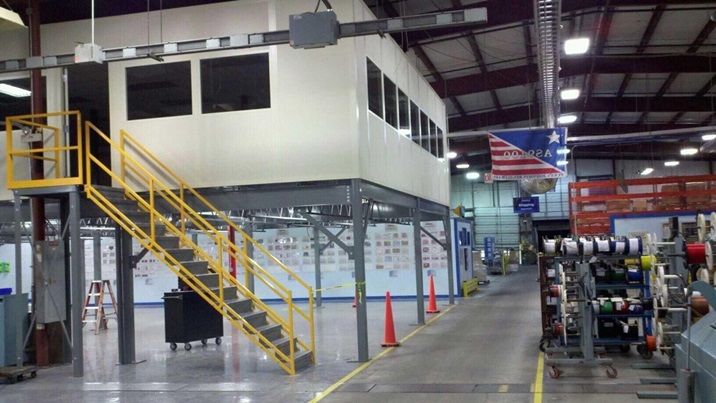Increasing shear strength, cohesion, and resistance to shear and cold recycling are among the top benefits of bitumen stabilized pavements. Creating such pavements is much more economical and environmentally friendly than traditional concrete-based ones. Learn about the benefits of bitumen stabilization for pavements and how it can improve your city’s streets. In addition, learn how to install bitumen stabilized pavements in your town.
Increased shear strength
To increase the shear strength of bitumen-stabilized pavements, engineers can perform various testing procedures. One method involves oil spraying, and another technique involves rotating the specimen 90 degrees in the direction of splitting. In both cases, the interlayer strength increases significantly. In addition, the asphalt mixtures are more resistant to cracks. Several tests are needed to confirm the increased shear strength of bitumen-stabilized pavements.
These materials improve the subgrade’s strength over time. Consequently, they provide enhanced structural support to the pavement. Additionally, they reduce the subgrade’s permeability and the tortuosity of water pathways, and it helps create a waterproof surface and protect water-sensitive soils. Further, bitumen stabilized pavements are more durable and last longer, which is a significant factor in improving the safety and performance of a road. You may check https://globalroadtechnology.com/bitumen-stabilized-pavements/ to learn more about it.
Increased cohesion
The extent to which bitumen stabilised pavements exhibits enhanced cohesion depends on the components used in their construction. However, the Department of Transport and Main Roads suggests that bitumen stabilized pavements perform similarly to asphalt. The modulus, or binder content, was determined in a laboratory and assigned to each component. As the use of BSMs continues to grow, further research is needed to validate their performance.
Compared to other asphalts, SBS-modified asphalt has better dynamic viscosity than T-HVA. This type of asphalt combines SBS particles with asphalt in a dense network. The result is asphalt that exhibits improved cohesion. It also reduces flowability and improves both low and high-temperature stability. But the underlying microstructure of the asphalt determines the pavement’s overall performance.
Asphalt emulsion is a valuable value-added material used in FDR. The mixture of asphalt cement, emulsifying agent, and water has good cohesion properties and can be applied to thin bituminous pavements, and high-severity distresses. As with any other material, residual asphalt cement varies depending on field conditions. A few researches suggest that asphalt emulsions can enhance cohesion in thin bituminous pavements.
Improved shear resistance
One significant difference between bitumen stabilized and unstabilized pavements is the structural support provided by the stabilization. In stabilization, the soil is encapsulated within a waterproof membrane, which prevents water from infiltrating the pavement, and its resilient modulus remains constant over its design life.
A significant benefit of stabilizing agents is the ability to improve the subgrade. Stabilizing agents can reduce the tortuosity of water pathways and enhance the strength of the subgrade. It results in a waterproof surface and protects sensitive soils, and the resulting layer also provides increased load-bearing capacity. Soil stabilization agents can also be used to improve the strength and integrity of a subgrade.
Cold recycling
The cold recycling process uses foamed bitumen as a binder to create durable and flexible base layers. This process is becoming increasingly popular among road authorities and construction companies because it creates the ideal foundation for the final asphalt layer. Cold recycling is made possible through the use of state-of-the-art technology. Microprocessor-controlled injection systems precisely inject the foamed bitumen into the aggregate.
This cold recycling process is a two-step process. First, a fog seal is applied over the newly placed material, preventing the cold recycled mix from raveling over time. Then, a Vogele paver paves the recycled material to a specified grade. Finally, Hamm rollers are used for final compaction. Traffic is then guided past the construction site in an adjacent lane.
The cold recycling method of bitumen stabilization involves a combination of 100% RAP and an emulsified asphalt-recycling agent. The research team constructed a trial section of 2 km in Sao Paulo, Brazil, and monitored its structural behavior in the field for twelve months after construction. Samples of the cold recycled mixture were collected during construction and were used in a laboratory program to investigate the effects of curing time and storage of material.
The CoRePaSol project evaluated the multiple recyclability of cold recycled material, bitumen stabilized mixture, and hot-mix asphalt. The laboratory program involved the preparation of cold recycled material, artificial aging, and a new design of recycling mixtures. After several cycles of cold recycling, the cold recycled mixtures were used in the hot-mix asphalt. The researchers then compared the results of these methods against hot recycling.










